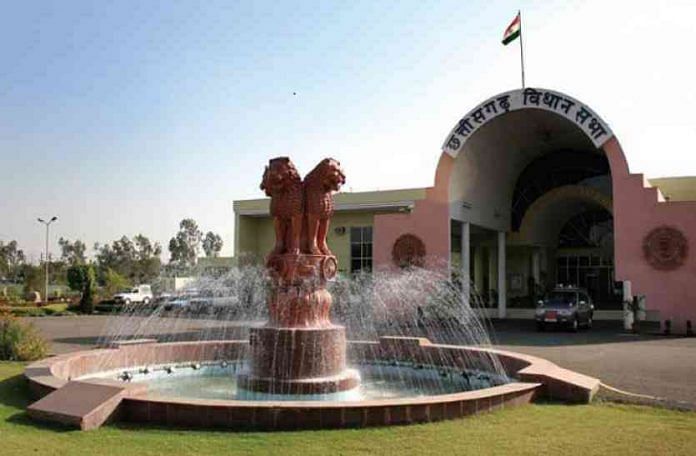According to data released by PRS Legislative Research, the Chhattisgarh assembly’s priority areas over the last 5 years were finance, revenue and taxation.
New Delhi: The first phase of assembly polls in Chhattisgarh was held Monday, with about 70 per cent of voters exercising their franchise. The second and final phase of polls for the 90-member assembly will be held on 20 November.
The outgoing assembly had 49 MLAs from the Bharatiya Janata Party, 39 from the Congress, one from the Bahujan Samaj Party and one independent.
Here’s how the members of the assembly performed over its five-year term, according to data made available by PRS Legislative Research:
– The assembly sat for a total of 145 days across five years, less than the 159 days its predecessor sat for between 2008 and 2013. This means the assembly sat for an average of 29 days a year since 2013. How often a legislature meets is decided by the state government.
– Three no-confidence motions were brought in against Raman Singh’s government — in 2015, 2017 and 2018 — which were debated for over 50 hours.
– Nearly half the MLAs showed a healthy attendance record of 95 per cent or above.
– Of the 49 BJP MLAs, three have a 100 per cent record, 21 have an attendance of 95 per cent or more, and two have less than 50 per cent attendance. Attendance is not recorded for the chief ministers and cabinet ministers.
Also read: This is the success rate of BJP’s old strategy of denying tickets to serving MLAs
– Among Congress MLAs, none have a 100 per cent attendance record, but 14 have an attendance over 95 per cent. Nobody has lower than 50 per cent attendance.
– The lone BSP MLA as well as the independent both have attended over 90 per cent of assembly sessions.
– The priority areas for the assembly have been finance, revenue and taxation.
– Data shows the highest number of bills introduced were in these three areas, followed by higher and technical education.
– Of these, 15 per cent of the bills were passed on the same day as their introduction, while 79 per cent were passed within seven days of their introduction.
– Budget sessions comprised 68 per cent of the total sittings of the assembly.



